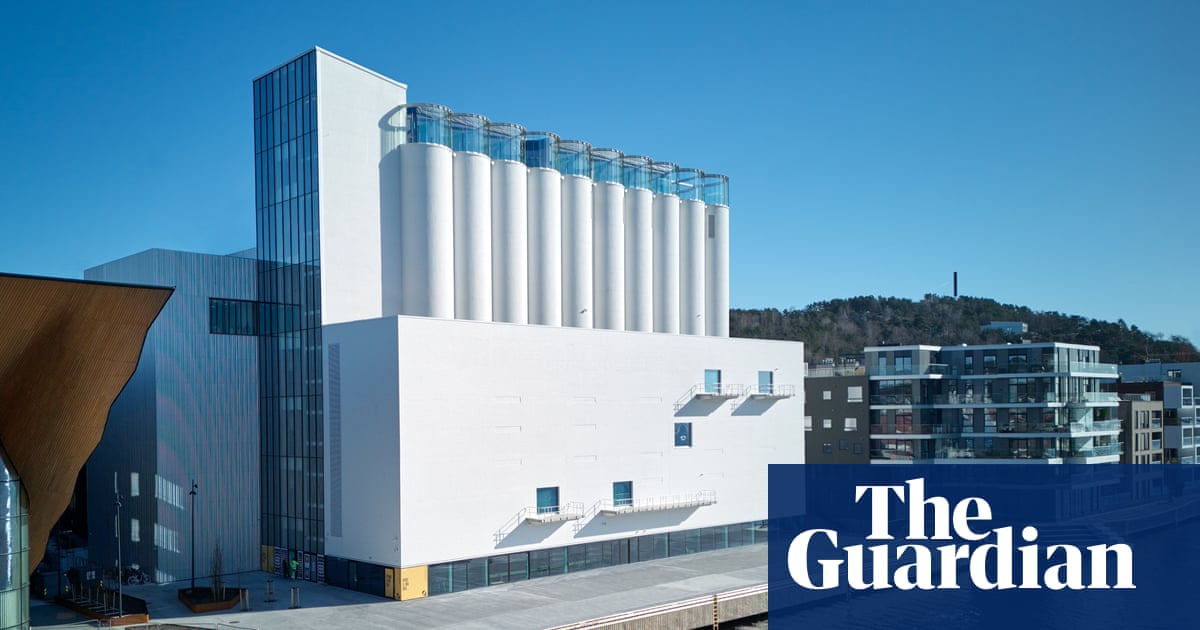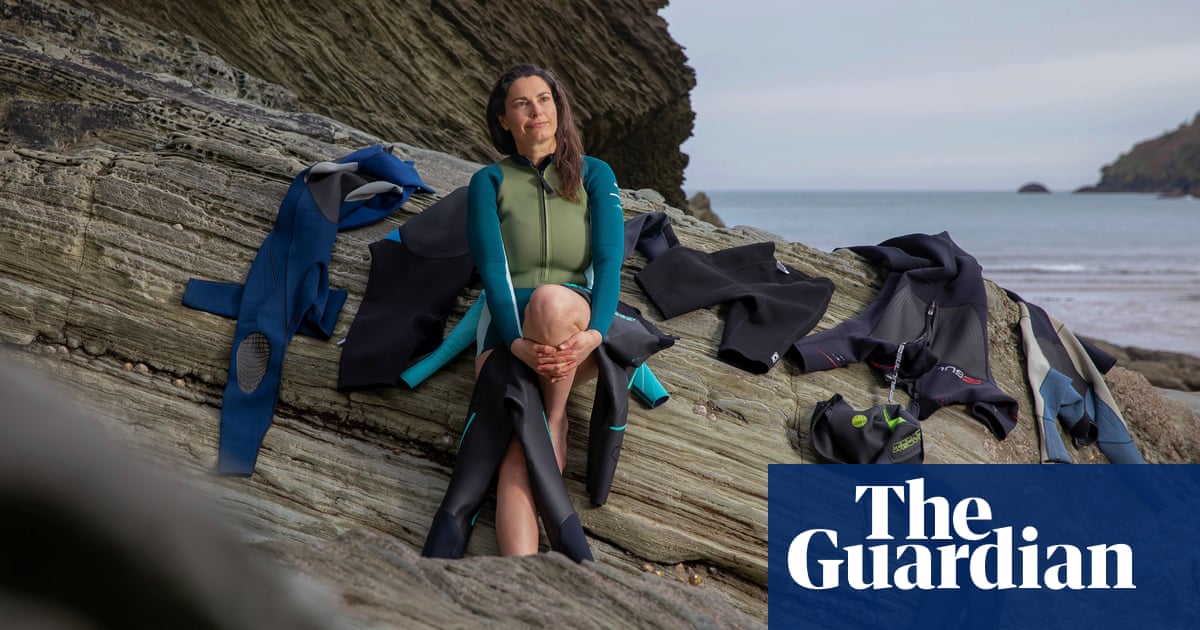Mariska Iureviczâs mother has been crying a lot recently. âShe is always asking when Iâll be homeâ, the 22-year-old says. âI think we are feeling the same. We are nervous and some of us feeling unsafe. But we are very strong. We will do everything to change the situation.â
Iurevicz, a philosophy student at the TSU State University in Tbilsi, the capital of Georgia, belongs to one of a myriad of protest groups sprouting out of universities and schools that have been driving the mass protests against the âforeign agentsâ law being introduced in the east European country.
They have been horrified by the potential repercussions of forcing civil society organisations and the media that receive more than 20% of their revenues from abroad to register as âorganisations serving the interests of a foreign powerâ.
The new law, adopted by parliament on Tuesday, is regarded by critics at home and internationally as a copy of that introduced in Russia in 2012 by Vladimir Putin to silence dissenting voices.
The EU says the law will reduce Georgiaâs chances of joining the 27-member bloc. And a deluge of anti-western rhetoric from leaders in Tbilisi, including the prime minister, prompted Washington on Wednesday to warn Georgia, a former Soviet state, not to become an âadversaryâ. That intervention has already affected the share price of Georgiaâs banking sector.
Hundreds of thousands of people have taken to the streets. Georgiaâs past feels very present.
The protest group in which Iurevicz is active is called Georgian Students for a European Future. It is regarded as centrist, but the ideological underpinnings of this uprising cannot be pigeonholed. There is the Students for Liberty, which has some libertarian tendencies, and a group called Wave, which includes environmentalists but vehemently describes itself as ânot leftistâ.
The Franklin Group, named after Benjamin Franklin, a signatory to the American Declaration of Independence, promotes free markets, private property, and individual liberties, while the Shame group focuses on free and fair elections. Dafioni, or Sunset, describes itself as liberal nationalist and members swear an oath of allegiance.
It is a colourful mix, and inevitably the groups do not always get on. âIt can be difficultâ, said one insider. But the factors uniting all those braving what has often been a brutal response from the riot police is that they are resolutely pro-European â and most were born between 1997 and 2012.
This is a gen Z movement, with all the social media savvy and sensitivity this entails, said Konstantine Chakhunashvili, 32, a paediatrician who calls himself a classical liberal and is part of a protest group called Stubborn.
âMost of these groups are dominated by gen Zâ, he said. âIn my group of 130 people, only four or five of us are not gen Z.â
It is, he said, an impressive generation. âThe younger people have it easier when they need to agree something. They come to a consensus. My generation and older are too rough. But, like with todayâs event, they organise it in 30 minutes. With older groups and the politicians it is harder to do.â
Vano Abramishvili, a director at Caucasian House, an NGO that runs programmes for young people, said it should have been no surprise to the governing Georgian Dream party that young people would reject alignment with Moscow.
They grew up in a Georgia quite different from that of their parents, he said.
The country has been constitutionally committed to getting closer to the EU and Nato since the non-violent revolution of 2003 ended the Soviet-style presidency of Eduard Shevardnadze.
Abramishvili said people in their 20s were never likely to embrace what has appeared to be a sudden pivot, as the government criticised the west as part of a âglobal war partyâ, echoing the Kremlinâs narrative over the conflict in Ukraine and forcing Georgia to swallow the poison pill of a law that could kill its EU aspirations.
âThe only thing they have heard as they grew up was that the European Union was our friendâ, Abramishvili said.
after newsletter promotion
Gen Zâs fury was made clear to the government in March last year when it first tried to introduce the âforeign agentsâ law, only to swiftly withdraw it in the face of the initial wave of protests.
What followed, said Abramishvili, was an attempt to buy young peopleâs affections. Unpaid internships were banned in state institutions. âAlso, the government cancelled the debt of tens of thousands of students who could not afford to pay and continue their studies, and a couple of months ago they introduced a new strategy for young peopleâ, he said.
Then, on 29 April, Georgian Dream hosted its own youth rally, led by Tsotne Ivanishvili, the teenage son of Bidzina Ivanishvili, the billionaire founder and controlling mind of the party. It did not convince anyone, Abramishvili said.
It is in this context, the young protesters say, that a darker strategy has come into play.
On 10 May, Georgiaâs prime minister wrote an open letter to the âsincere youthâ, naming a host of the troublesome protest groups and describing them as âviolent youth organisationsâ with âdark and opaque moneyâ. Some high-profile individuals found that they were followed; others were attacked. Parents received calls warning them of dire consequences.
âHalf of my friends have had calls or been approached in the streetâ, said Iurevicz. âTwo of my friends were arrested at the protest. They were beaten, and they were told terrible things.â
But, Abramishvili said, this generation was not used to â nor would accept â the repression that older Georgians had experienced. âThey are quite fearless,â he said.
Older heads aligned with the opposition party, the United National Movement, had originally planned to hold protests only on days when parliament was debating the âforeign agentsâ bill. Zviad Tsetskhladze, 18, a law student at Tbilisi State University and founding member of Sunset, said it was the gen Z cohort that insisted there should be no break.
There is still plenty of energy to the demonstrations and, despite everything, even joy. The young protesters sing as they march from their universities to parliament, draped in the Georgian flag.
âWe sing the anthem of the protest called Gaighime,â said Iurevicz. âIt is a beautiful thing. The students are the kindest people. We are singing that everything will be fine and we are together and we will be together.â









